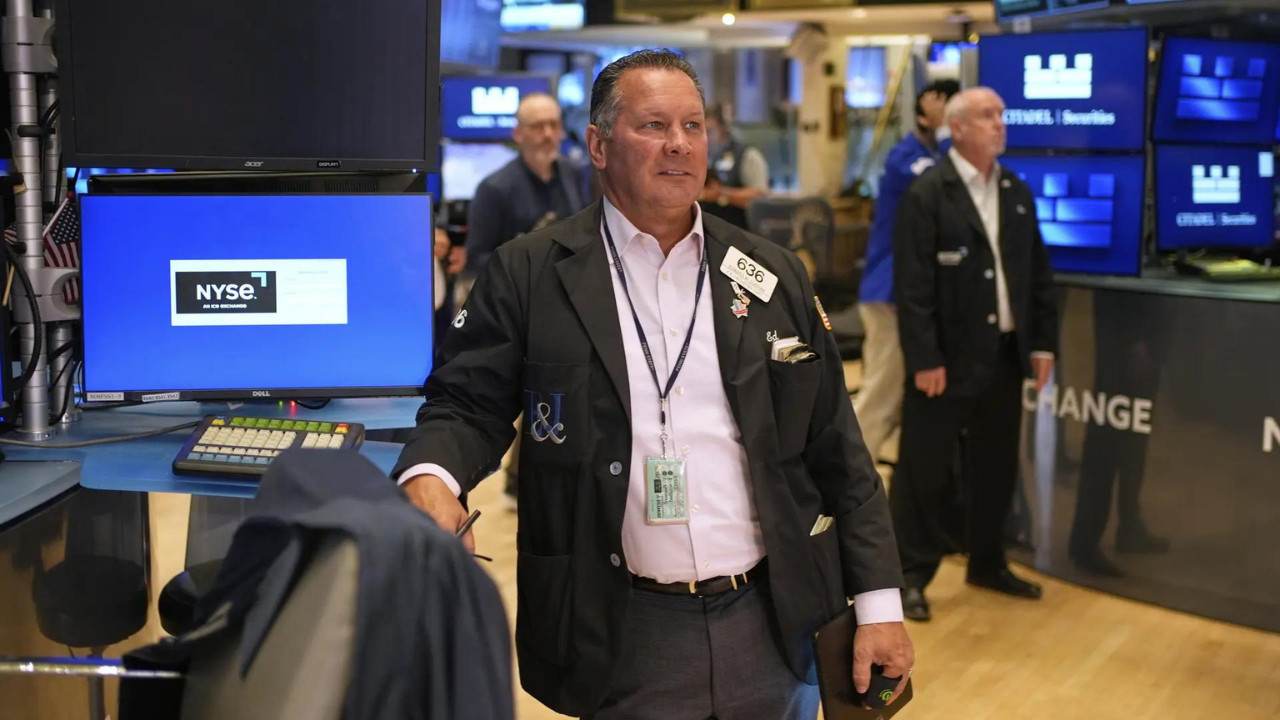US stock markets displayed a mixed performance on Tuesday, with technology stocks, particularly Nvidia, rallying. This offset concerns arising from higher-than-expected inflation figures and some disappointing bank profitability reports. European and Asian markets showed varied results amid ongoing trade tensions and concerns about the impact of potential tariffs on economic growth.
Navigating the Market Maze: Decoding Wall Street’s Latest Moves
Wall Street’s been a whirlwind lately, hasn’t it? One day, it’s soaring; the next, it’s taking a breather. Trying to keep up with the minute-by-minute fluctuations can feel like chasing shadows. The big question on everyone’s mind: Where are we headed? Let’s break down some of the key factors driving the current market narrative.
Inflation’s Lingering Shadow
Inflation continues to be the heavyweight contender in the market arena. It’s the economic equivalent of that houseguest who overstays their welcome. The latest data suggests that while inflation might be cooling down from its scorching peak, it’s proving stubbornly resistant to a quick exit. This has serious implications for the Federal Reserve and their monetary policy.
Think of the Fed as the market’s doctor, constantly monitoring vital signs and adjusting the treatment plan accordingly. Their primary tool? Interest rates. Higher interest rates are typically prescribed to curb inflation by making borrowing more expensive and slowing down economic activity. But hiking rates too aggressively risks pushing the economy into a recession – a classic case of the cure being worse than the disease.
The market is currently trying to predict the Fed’s next move, parsing every statement and data release for clues. Will they stay the course with further rate hikes? Or will they adopt a more cautious approach, perhaps even signaling a potential rate cut later in the year? This uncertainty is a major source of volatility.
The Tech Titan Tug-of-War
Tech stocks, once the undisputed darlings of Wall Street, are now facing a more complex reality. The era of seemingly endless growth is over, replaced by a need to demonstrate real, sustainable profitability. Some tech giants are managing this transition with aplomb, streamlining operations, and focusing on core strengths. Others are struggling to adapt, facing layoffs and investor skepticism.
The performance of these tech behemoths has a significant impact on the overall market, particularly the Nasdaq, which is heavily weighted towards the technology sector. A strong showing from these companies can lift the entire market; conversely, any signs of weakness can send ripples of concern throughout the financial ecosystem. This creates a sort of “tech titan tug-of-war”, where the fate of individual companies influences the broader market narrative.

Geopolitical Crosscurrents
It’s impossible to ignore the geopolitical backdrop influencing market sentiment. Global events, from trade tensions to armed conflicts, can inject a dose of uncertainty into the already volatile mix. These events can disrupt supply chains, impact commodity prices, and ultimately affect corporate earnings. Investors are constantly assessing these risks and adjusting their portfolios accordingly. This is particularly true for companies with significant international exposure. Navigating these geopolitical crosscurrents requires a keen understanding of global affairs and a willingness to adapt to changing circumstances.
For further insights into managing your investments during periods of uncertainty, check out our article on [diversifying your portfolio effectively](internal-link-to-diversification-article).
The Road Ahead: Patience and Perspective
So, what does all this mean for the average investor? It means that navigating the current market environment requires a healthy dose of patience and perspective. Trying to time the market perfectly is a fool’s errand. Instead, focus on building a well-diversified portfolio that aligns with your long-term financial goals. Stay informed, but avoid getting caught up in the day-to-day noise. Remember that market volatility is a normal part of the investment cycle.
The factors discussed— inflation’s persistence, the tech sector’s recalibration, and geopolitical events — all contribute to a complex and ever-evolving situation. The US stock market is facing a unique set of challenges and opportunities. Maintaining a long-term perspective and seeking professional advice when needed are key to navigating the market maze successfully. The market’s future trajectory hinges on the interplay of these forces, making it crucial to stay informed and adaptable.







